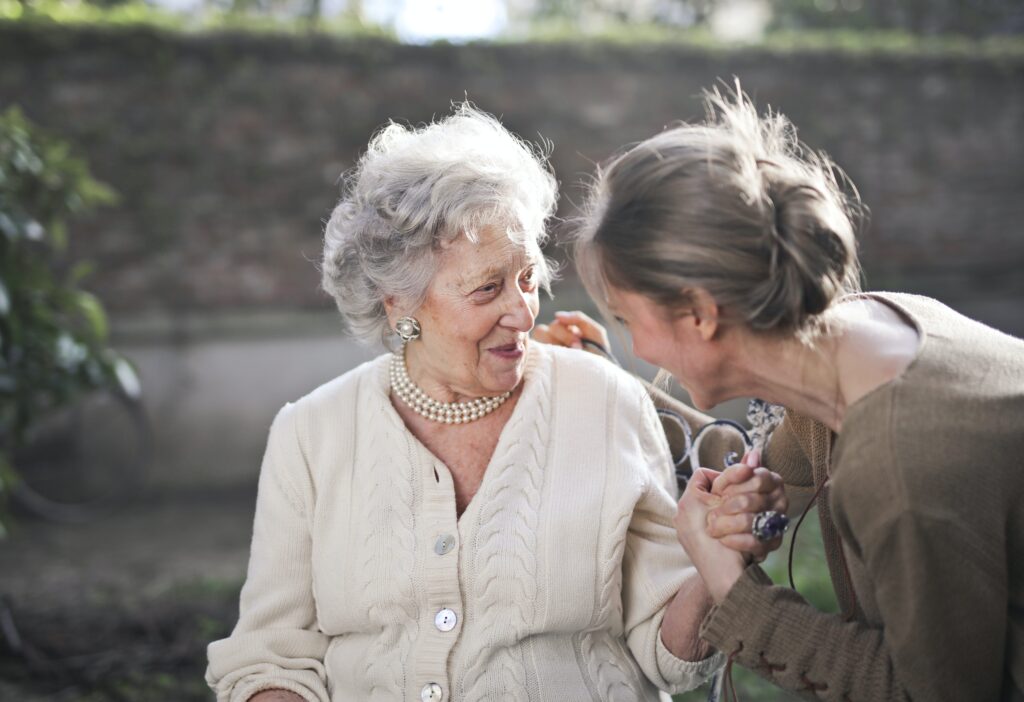Fostering Community and Connection in B.C.’s Senior Living Communities

Many individuals worry that moving into a senior living community may mean giving up a vibrant social life, but senior living communities in B.C. offer plentiful opportunities for older adults to forge new friendships, engage in interesting hobbies, and enjoy a fulfilling social life. Staying socially active in one’s community is an imperative aspect of successful aging and has numerous cognitive and mental health benefits.
The key to maintaining a strong social life in one’s senior living community lies in staying mentally active, open, and involved. While individual social requirements and preferences differ, the below tips on fostering and maintaining community and connection in senior living communities can be tailored to fit your specific needs.
Read on for Route65.ca’s tips on fostering a vibrant social life in senior living communities.
- Community Amenities and Spaces to Foster Social Connections
Thoughtfully designed common spaces and amenities within senior living communities are a significant factor in fostering a vibrant, connected social atmosphere for community members. Inviting and comfortable spaces can provide residents with the opportunity to develop new friendships, strengthen connections and enjoy social activities together.
To ensure a senior living community fosters connection with key communal spaces, be on the lookout for the following:
- Well-appointed common areas: Comfortable lounges, cozy reading nooks, and pleasant outdoor spaces provide opportunities for residents to gather, relax, and socialize informally.
- Activity and event spaces: Dedicated spaces for group activities, such as game rooms, arts and crafts rooms, or multi-purpose event spaces, can encourage residents to participate in community events and enjoy group hobbies together.
- Dining venues: Communal dining rooms or on-site cafes and bistros offer seniors the
- opportunity to share meals with neighbours and friends, fostering a sense of unity and camaraderie within the community.
- Fitness and recreation facilities: Access to fitness rooms, multipurpose activity rooms, or outdoor walking paths promote group exercise activities and encourages residents to stay active and engaged with peers.
- Organized Social Activities and Events in Senior Living Communities
A diverse, well-rounded activity calendar is essential to promoting social engagement in a senior living community. A wide-range of events and activities ensure that communities appeal to different interests and preferences so all individuals feel as though they can participate.
Examples of social activities and events commonly found in senior living communities include:
- Cultural and educational events such as art classes, knitting clubs, or book clubs to allow seniors with opportunities for creative expression or social interaction.
- Group outings to cultural venues, community events, and local attractions to foster adventure and create shared memories among individuals.
- Recreational and wellness activities such as group exercise classes, walking clubs and gardening programs to encourage seniors to form social bonds while staying physically active.
- Regularly scheduled social gatherings and events such as happy hours, movie nights, bingo, trivia, board games, and themed dinners to give seniors varied enjoyable occasions to interact.
- Supportive Staff in Nurturing Social Connections
A supportive and dedicated staff is integral to building a healthy social climate in a senior living community. Staff members who care about the wellbeing of their community members, take the time to get to know each individual, and facilitate social opportunities can greatly impact the overall sense of community.
When evaluating a senior living community, consider:
- The approachability and warmth of the senior living community’s staff who set the tone for a connected community.
- Proactive engagement from staff who make an effort to introduce individuals to each other and engage them in activities.
- Communication and responsiveness between the staff, ensuring that residents’ needs, concerns, or feedback are heard and addressed, which contributes significantly to a sense of trust and belonging in the community.
- Encouraging Volunteerism and Community Support
Volunteering is a great way to help seniors stay socially active. Senior living communities that provide residents with opportunities for community involvement can greatly impact seniors’ sense of satisfaction and purpose in retirement.
Communities can facilitate such opportunities by:
- Establishing partnerships with local organizations such as non-profits, schools, or community centres to create opportunities for residents to give back to their community.
- Organizing on-site volunteer opportunities such as events or initiatives like food drives, clothing donations and community gardens to give seniors a more accessible way to support charitable causes and contribute to their environment.
- Encourage resident-led initiatives among seniors that allow individuals to lead workshops, share their expertise and experiences, or organize a volunteer project to help instill a sense of purpose and satisfaction.
If you are looking for a senior living community in B.C. that helps you foster a sense of community and maintain an active social life, review Route65.ca’s extensive directory of independent living options to help you find the right community for you.
References:
